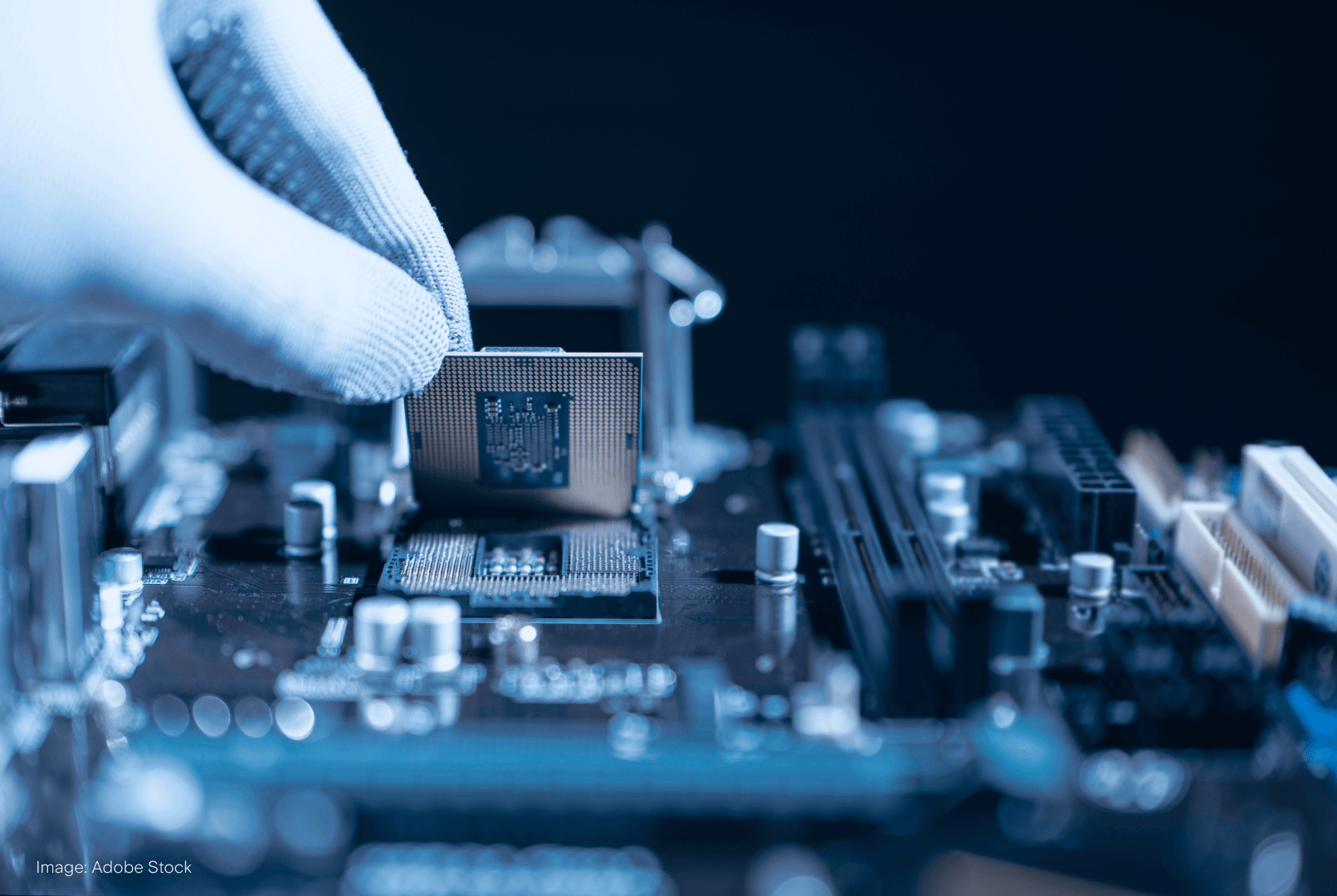
Chips
Semiconductor stock valuations have run hot, but last week’s sharp sell-off shows there's nowhere to hide when the chips are down.
Warren Buffett’s stock market bubble indicator is flashing red. The Nasdaq recorded its worst day since 2022 with a 655-point decline on 24 July. Beneath the surface, fears are mounting about a ‘chip bubble’.
How did we get here? Global semiconductor manufacturers are in a tech arms race as artificial intelligence has become the big theme driving financial markets and daily life. Chip producers are the machines behind that machine, with valuations running faster than Wall Street’s ability to keep up.
Nvidia ($NVDA) is one of those big names – it’s been crowned the ‘Godfather of AI’ after consecutive quarters of jaw-dropping results. Its Q1 revenue from data centres (the segment which includes AI chips) soared 427% YoY to US$22.6b. To put that into perspective, Nvidia’s entire quarterly revenue in 2020 was just US$3b. Investors were impressed and the stock price has soared a blistering 2,500% since then.
Nvidia relies on its partnership with Taiwan Semiconductor Manufacturing Company ($TSM) to keep pace with demand. TSMC produces and supplies the chips for Nvidia to engineer for specialised uses. The company reported US$20.82b in Q2 revenue, which was up 40.1% YoY – impressive growth considering TSMC already controls 62% of the semiconductor foundry market.
TSMC also counts Intel ($INTC) and Apple ($AAPL) among its clients. In fact, it’s one of the suppliers that makes the iPhone possible. But it needs its own suppliers in the extensive process of semiconductor manufacturing. It is the biggest customer of ASML’s ($ASML) extreme ultraviolet machine (EUV) that prints the most intricate layers on a chip.
ASML pretty much owns that niche after spending decades developing the technology, and of course, it's all been patented. The EUV machine costs US$380m and weighs as much as two Airbus A320s. Although TSMC ‘doesn’t like its price tag,’ the firm will be receiving a shipment of ASML’s machine this year.
It’s a very interconnected industry, so these semiconductor stocks collectively sell off when things don’t go as planned for big tech. It speaks to why missed earnings reports from Alphabet ($GOOG) and Tesla ($TSLA) led to a fall in Nvidia, TSMC, ASML and a host of other chip manufacturers. Recent price action could be viewed as a sign the so-called bubble has started to pop. However, bubbles tend to appear when the world is on the cusp of a revolution – like the dot com era. When the chips are down, savvy investors watch for better priced odds to place a bet on the future of AI.

